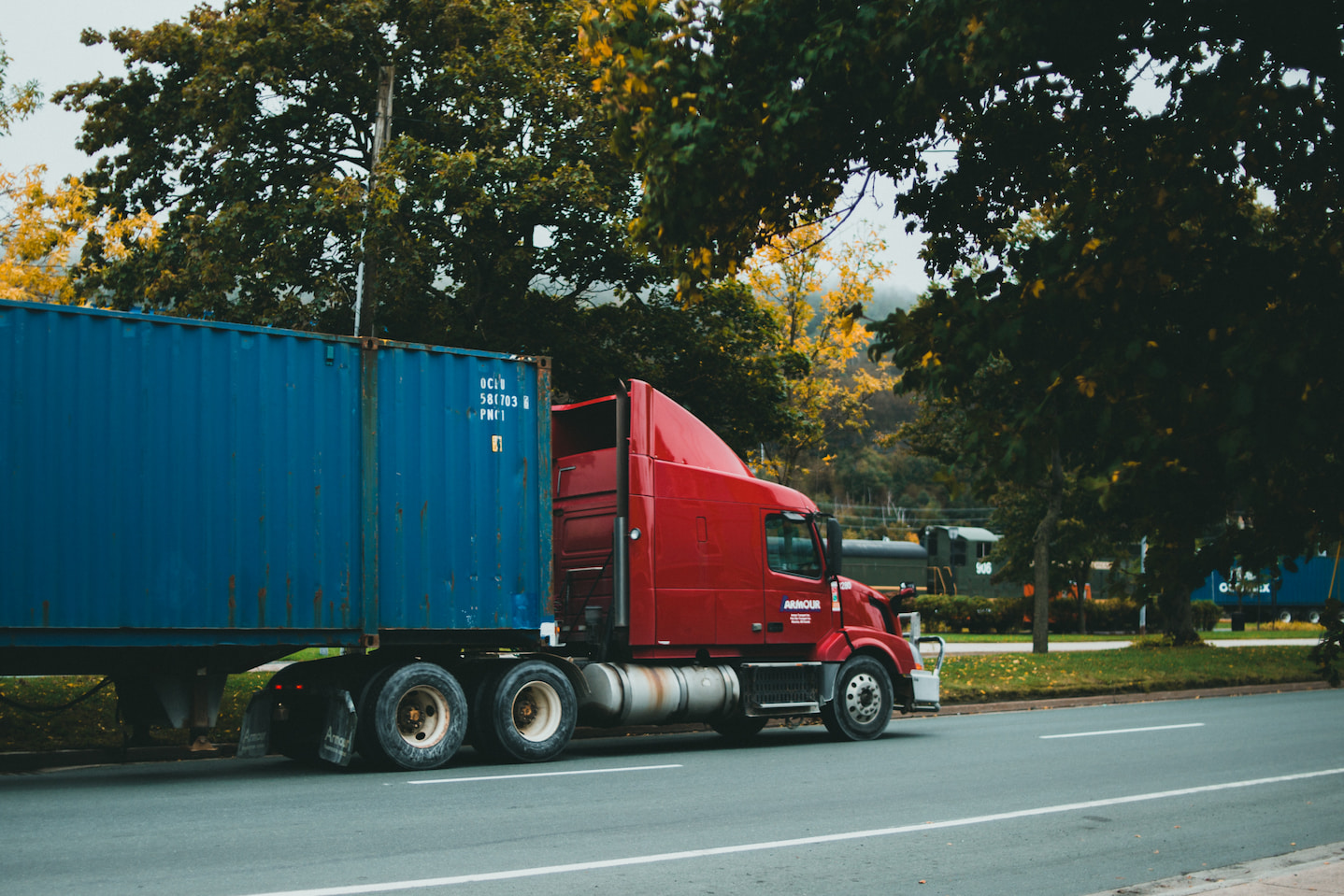
Trucking automation is set to become more commonplace by the day, and you may wonder just how that will affect the industry. As developments in technology and self-driving vehicles continue to explode, many drivers fear that their jobs might soon be replaced.
While technological advancements are bound to happen, there are multiple key reasons proving that truck drivers will always be needed. In this blog, we are going to outline what truck automation might mean for the industry in the coming years. We’ll also cover the reasons why having real, physical drivers will always be a necessity.
Let’s get started.
Trucking automation refers to the level of autonomy that the truck has when driving. Engineers created a scale from 0 to 5, to indicate the possible levels of a vehicle’s automation.
Level 0: No Automation
The vehicle has absolutely no automated abilities. Drivers need to control all of their driving themselves.
Level 1: Driver Assistance
The vehicle has some driver assistance features. These include things like a warning for lane departures and assisted steering.
Level 2: Partial Automation
The vehicle can perform things like steering and acceleration without human interference. It still requires a driver to constantly monitor driving, and interfere when necessary.
Level 3: Conditional Automation
The vehicle has added features like environmental detection. It can perform most driving tasks without the need for a driver’s interference, but still, human override is compulsory.
Level 4: High Automation
The vehicle can perform every driving task without human interference, through the help of geofencing. Human override is still an option, but not a necessity.
Level 5: Full Automation
The vehicle can perform all driving tasks, at all times, under all conditions, without driver interaction or override.
Today, level 1 automation is already commercially available. Top companies are developing Level 2 and 3 vehicles, continuously testing them in controlled environments to improve their safety and efficiency. It will be many long years before they are commercially available.

It’s true that lots of time, money, and research go towards developing vehicle automation. However, truck drivers can rest assured that their jobs are still perfectly secure and will be for many years to come.
First off, only a few leading companies are currently developing automated trucks. The truth is, most smaller businesses and local companies simply don’t have the money to invest in these technologies. Not only can they not develop their own, but even if it were to be commercialized, the price of a fully automated truck would be much too high for a regular company to afford.
Most companies are still far from being able to take advantage of automated trucking at this time. Nevertheless, we may start to notice some impacts as a result. Things like assisted driving features have helped reduce accidents and fatal collisions on the road. It has made trucking safer, especially for long-haul drivers.
As a result of technology, drivers can plan their routes more efficiently, take detours when necessary, and reduce fuel consumption through the use of smart driving habits.
So truck automation has already had some significant impacts on the trucking industry. But these impacts are beneficial to drivers and haven’t caused anyone to lose their job yet. In fact, mass unemployment due to automation probably won’t happen in the foreseeable future.
It is a misconception that automated, or “robot” trucks will replace human drivers. What’s important to understand is that some levels of automation have been present in the trucking industry for a long time now. Experimentation on automated driving started over a decade ago, and a level 5 automated truck is still nowhere in sight. Truck drivers don’t need to worry about losing their jobs to robots.
As of today, only level 2 and 3 vehicles are being tested and developed by companies. And these are still much too simple to operate themselves and will require a consistent human override. Our entire driving concept must change for a level 4 or 5 automated truck to hit the road. This is something that likely won’t happen for a few more decades.
One of the biggest differences between automated trucks and drivers is their levels of experience. Drivers can navigate through challenging situations, make last-minute decisions based on past experience, and correct their mistakes. Automated trucks today, can’t. This key difference alone is enough to prove that drivers are essential to the trucking industry.

The work that truck drivers do involves so much more than driving between destinations. An automated vehicle cannot load its freight. It can’t provide excellent customer service, making partners more likely to continue working with your business. A driver-free truck won’t be able to sign off on dispatch details or answer questions that customers may have. It also won’t be able to communicate with a technician if a mobile repair job is needed.
Truck drivers play a vital role in delivering goods, hauling freight, and keeping the economy thriving. They have experience that can only be gained through long hours on the road.
Drivers can delegate tasks to co-workers, and discuss alternate plans if something goes wrong. An automated truck lacks these crucial elements. Another important factor is safety. Self-driving passenger cars are one thing. But an 18-wheeler cruising down the highway with no driver is entirely different.
Semi-trucks are bulky, heavy, and much more difficult to control. Not to mention having to maneuver around a roadblock, or pull over if an emergency occurs. It also takes semi-trucks much longer to stop after braking, and they can’t suddenly pull over to avoid a collision.
What’s more, automation still carries the risk of technical errors like a software crash or a bug in the system. Sensors and cameras are a great way to set off collision warnings. However, what if a passing vehicle’s headlights blind the camera? These cameras often have trouble distinguishing between a smaller car and a larger road sign. They are unable to handle harsh weather conditions like strong side winds, snow, or heavy fog.
Truck drivers are needed to oversee the activities of an automated vehicle and step in during crucial moments. When technology fails, it’s up to the driver to prevent a fatal crash or avoid significant damage to the cargo.
Automation in the trucking industry has been present for over a decade. In the meantime, there is no need to worry about robot drivers or self-driving trucks. Technology is nowhere near advanced enough to replace the need for a human override when it comes to driving. Not only that, but such technologies will continue to be expensive long after they are launched, making them largely inaccessible to the general public.
Truck drivers do not need to fear losing their jobs. Instead, they should look at trucking automation as a tool that helps them perform their job better, and even take some weight off their shoulders.
We hope we’ve given you an idea of what automation looks like in the trucking industry. If you were worried about its potentially negative consequences, you can now understand why it’s not going to be an issue.